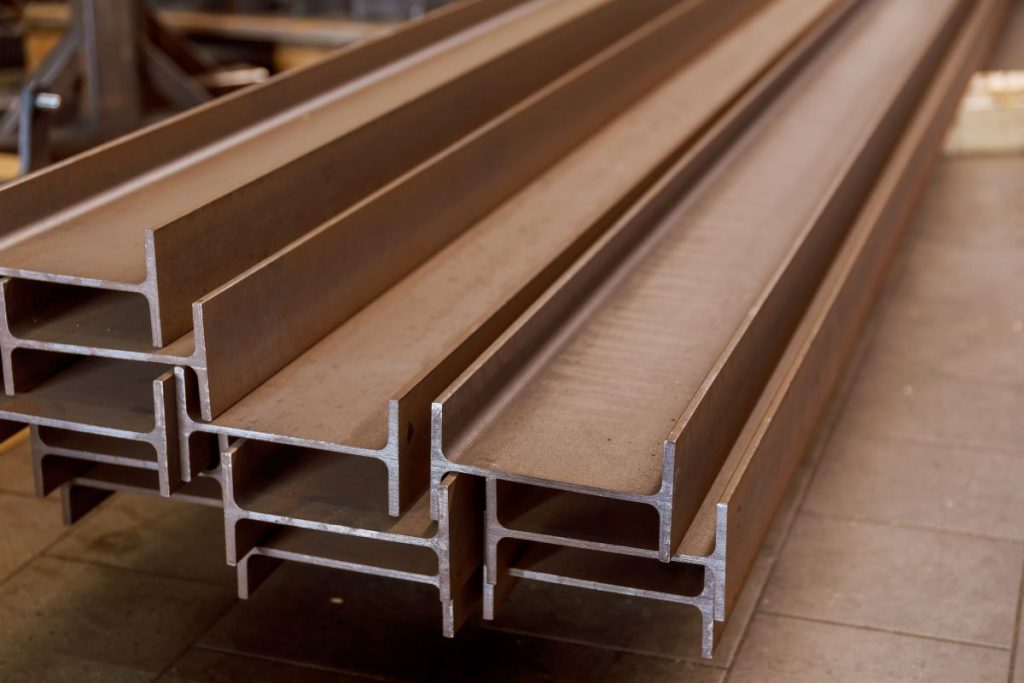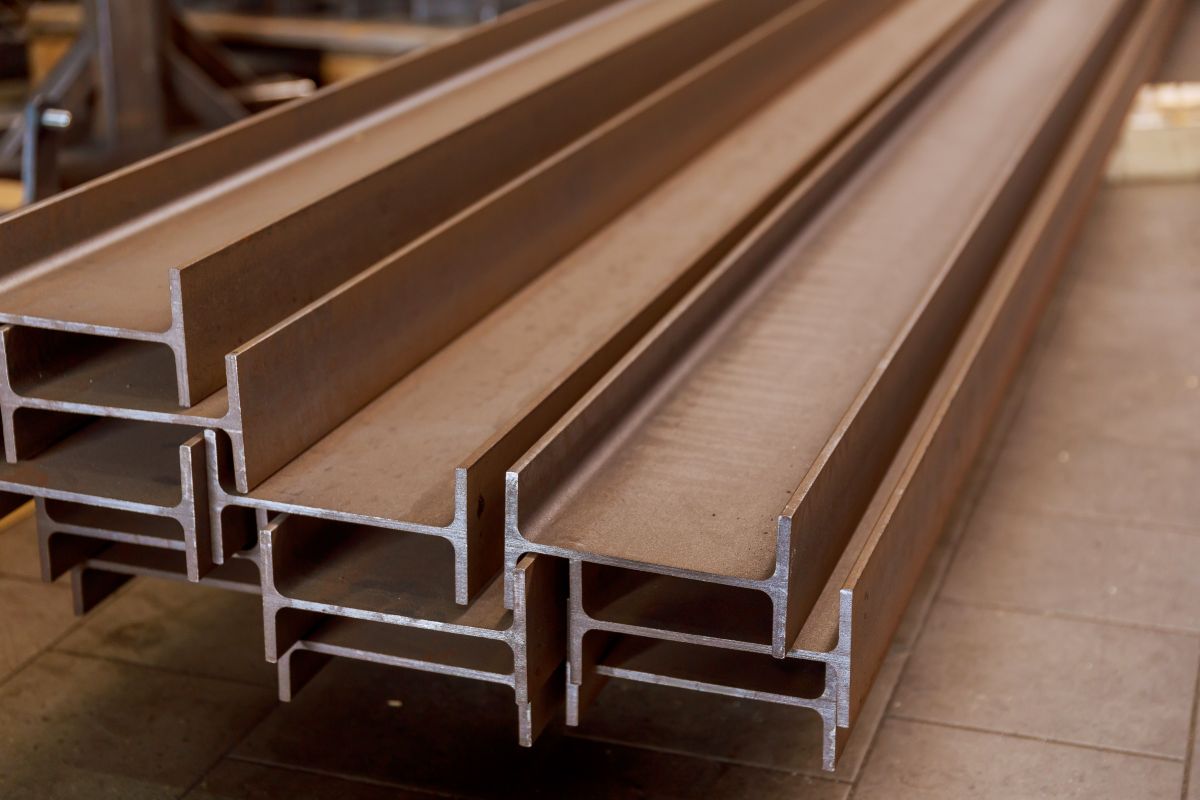Types of Steel Channels and Their Uses

What are the types of steel channels?
- U-Steel channels
- C-Steel channels
- Z-Steel channels
- Hat-Steel channels
- J-Steel channels
Overview
- U-steel channels are ideal channels to frame thin materials like glass panes and wire mesh.
- Unlike U-steel channels, C-steel channels have legs or flanges that are the same proportions from base to tip.
- Z-steel and hat-steel channels are used in masonry to level out walls and ceilings.
- J-steel channels come in variations such as hemmed, hemless, or with nail that can secure panel edging better.
Steel channels are often found in bridges, wall studs, rafters, wooden beams, and beyond. They are known for their strength and durability in construction and other engineering applications. They help support heavy equipment or machines while allowing them to mute out loud sounds and decrease vibrations.
To understand more about their various construction needs, we look into the five types of steel channels and their uses. Read on to learn more.
U-Steel Channels
U-steel channels sport a simple ‘U’ shape with two flanges that are parallel and perpendicular to the base. They are great materials for manufacturing since they are made to assist heavy machinery and equipment, especially in metal rolling. They are often used to support windows, doors, and flat panels.
Additionally, U-steel channels are found in hand railings for stairs or escalators. They can frame flat materials such as fabrics, glass panels, and wire mesh. Their versatility and strength make them essential components in various architectural and structural projects.
C-Steel Channels

C-steel channels are the most common type of channels. They are similar to the shape of U-steel channels with the only difference being that they have two parallel flanges. This is a result of continuous rolling during their production. They have a consistent size from the web to the tip of the flange, sporting a flatter profile.
The most common place where these C-Steel channels are seen is in mirror frames. They are used as support for walls, roofs, and ceilings. They are also found to support bridge decks or the very surface of bridges—where people and transportation walk and drive through.
Z-Steel Channels
Z-steel channels are known as purlins. Apart from construction, they are often used in DIY projects, such as shelving units, workbenches, plant hangers, and more. Their main purposes in projects are as supports, slides, tracks, and framing. That’s why they are typically found in garage doors, window frames, store fixtures, toolboxes, or fences.
In masonry, Z-steel channels are used to supply a uniform plane to fur out masonry or concrete wall substrates. They also make good frames to support the wall insulation of fiberglass batt, polystyrene, or mineral. They can be used in metal roofing applications as receivers for ridge caps, headwall flashing, and panels while preventing water penetration.
Hat-Steel Channels

Hat-steel channel resembles a hat when turned upside down. They are steel channels with outward flanges that are perpendicular to the usual steel channel flanges. This design makes them ideal for framing roofs.
Besides that, they make a good addition as supports in ceilings or floors, ensuring the durability of these constructions. Their shape makes them a good furring material or channels in wall construction.
This means that they are used to level out walls and ceilings to support drywall procedures, making walls thicker and more durable.
Since they are made of metal, they make exterior or interior walls noncombustible or fire-resistant.
J-Steel Channels
Like many other steel channels, the J-steel channel sport the letter that they are named after with one side longer than the other. They have a wide range of sizes and can be customized to any project specifications. They come in hemmed, hemless, and with nailer variations that are manufactured to make construction more secure.
Their shape makes them ideal for mounting siding or roofing materials. That’s why they are used in installations of windows and doors to support and secure the panel edges. They hide the cut lines or cover the gaps of panels such as glass, mirrors, or thin laminates, making your project more seamless.
Key Takeaway
Steel channels come in different varieties that help the construction industry address and resolve specific needs. Understanding the types of steel channels and their uses ensures that you and your buildings find the right materials to make a structurally sound construction. It is also important to consider talking to a reliable steel supplier to work out material specifications to learn more about cost-effective options that are accurate or approximate to your construction project.
If you’re looking for steel channels for your projects, Metal Exponents is one of the largest steel suppliers in the country with high-quality materials imported from countries like Japan and Korea. We provide a variety of steel products from steel channels to ductile iron pipes. Contact us today!


